
Iceland is famous for its volcanoes, with many major eruptions in recent times. Bárðarbunga, one of the country’s largest volcanoes, has prompted worries about a possible eruption after there had been an increasing number of quakes. This article examines Bárðarbunga’s current status, what that means for travel and ecosystems, and how it measures up to other Icelandic volcanoes in history.
Background on Bárðarbunga
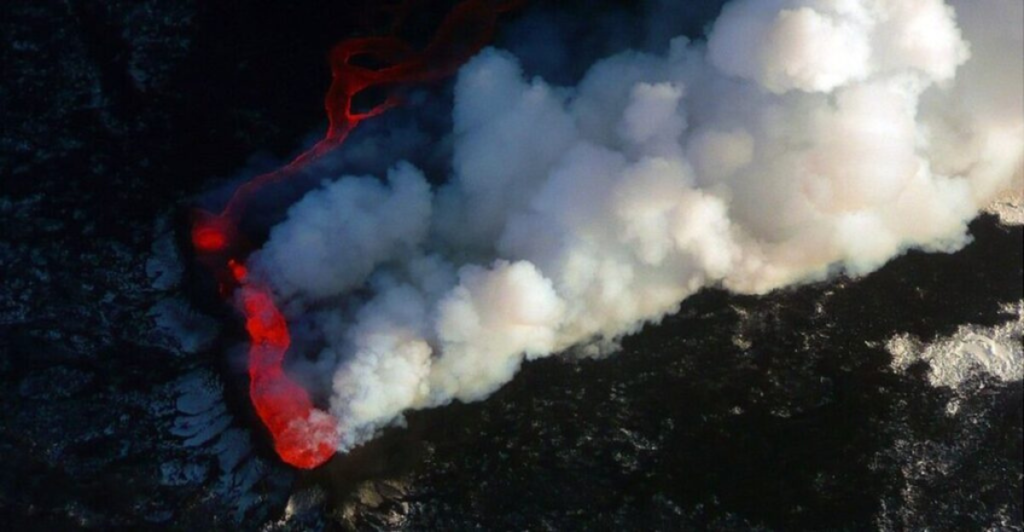
Bárðarbunga is the second-largest volcano in Iceland and lies under the Vatnajökull glacier ice cap. It drew worldwide attention during its eruption in 2014-2015, which was the largest eruption in Iceland over the past 300 years. The volcano’s unusual location under a glacier allows it to generate both effusive lava flows and explosive ash emissions.
Recent Seismic Activity
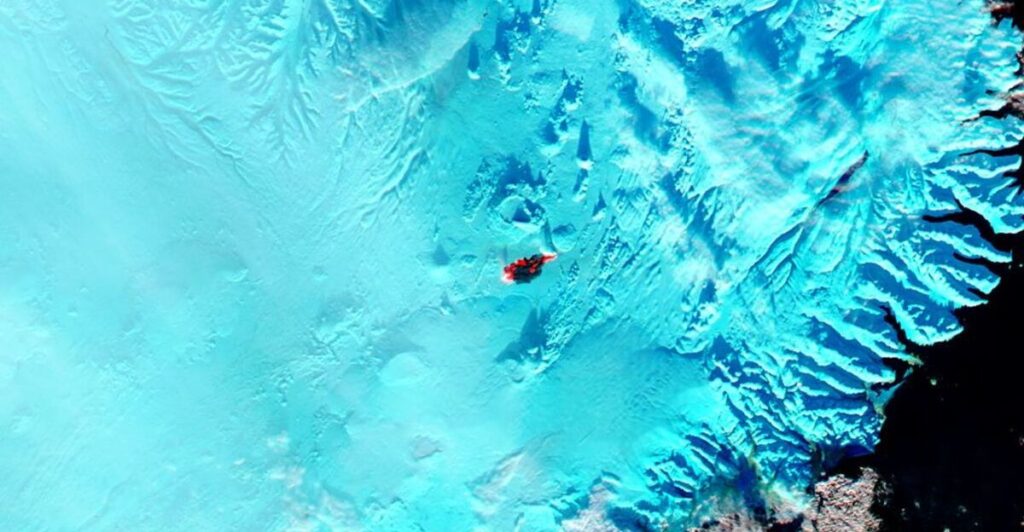
On January 14, 2025, a strong earthquake swarm began in the northern region of Bárðarbunga’s caldera. This sequence of events consisted of more than 130 earthquakes in one five-hour period. The largest quake measured a magnitude of 5.1. This intense seismicity indicates the possible movement of magma or redistribution of stress underground.
Aviation Alert Elevated

At this time, the Icelandic authorities have also raised the aviation color code over Bárðarbunga from green to yellow due to this increased activity. This change is a sign of increased unrest but doesn’t yet signal that an imminent eruption would threaten air travel.
Potential Impact on Travel
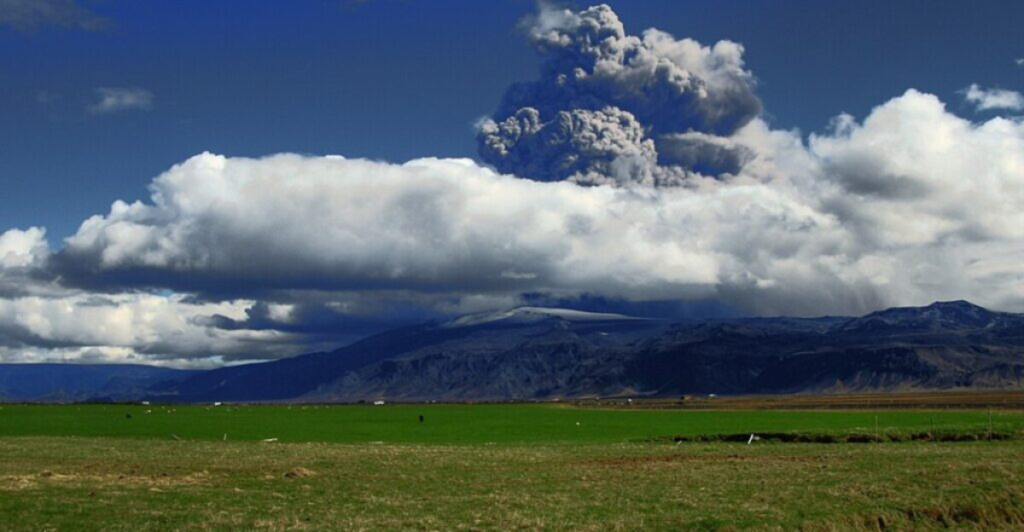
An eruption would disrupt flights since ash clouds could flow into the European airspace, similar to the Eyjafjallajökull eruption in 2010. However, the extent could be much smaller this time. However, any disruption could still potentially affect travelers planning journeys through or out of Europe.
Historical Context: The Eyjafjallajökull Eruption
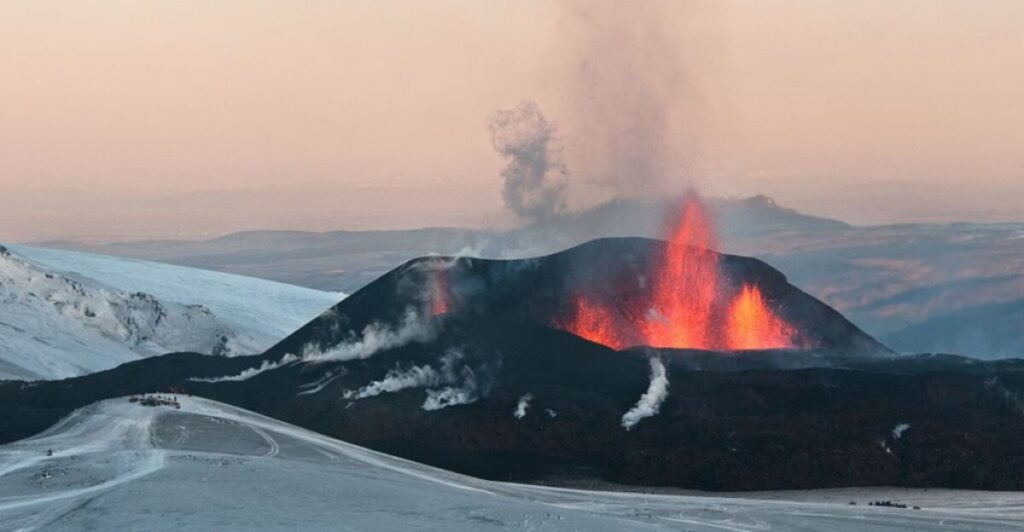
In April 2010, the eruption of Eyjafjallajökull gripped Europe in a debilitating ash cloud that grounded most flights in the region for days as safety officials closed a number of air travel routes. But while similar disruptions are feared from a potential eruption of Bárðarbunga, experts say it may not have quite the same effect on global air traffic as Eyjafjallajökull did.
How it Compares with Earlier Eruptions Beneath Vatnajökull Glacier
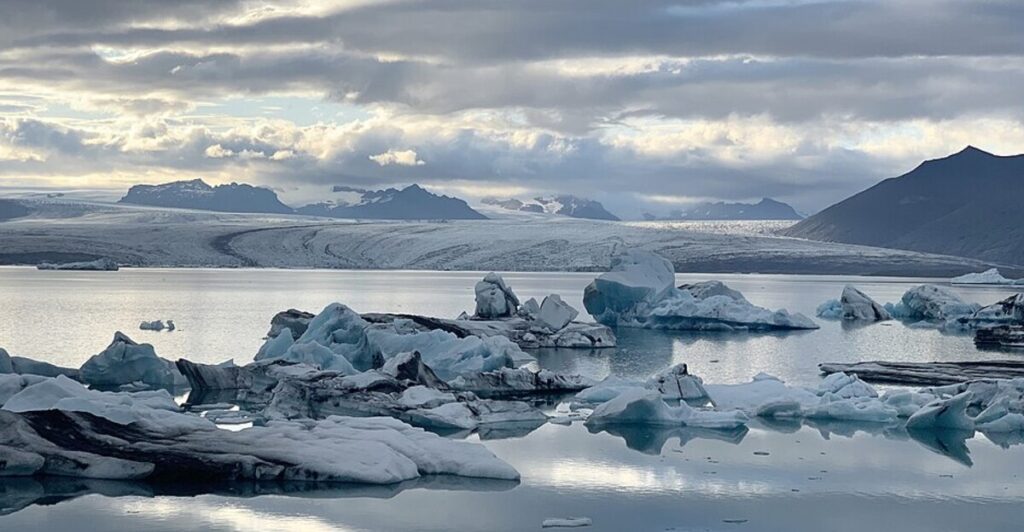
In addition, other volcanoes under glaciers (beyond Eyjafjallajökull and Grímsvötn, which had recent eruptions under Vatnajökull) pose similar threats, such as glacial outburst floods (Jökulhlaups), if they occur within calderas like Bárðarbunga’s.
Impact on Local Wildlife and Ecosystems

While some animals may perish in the heat of the flow itself or from dust inhalation, volcanic eruptions can also transform habitats, affecting local ecosystems. Until natural recovery mechanisms take effect, ash fall can threaten plant growth and water quality temporarily. For wildlife that inhabits those areas—or near them, such as reindeer or arctic foxes—changes in vegetation may affect their food for a period until new growth emerges after the eruption.
Hazards Posed By Volcanic Ash Clouds
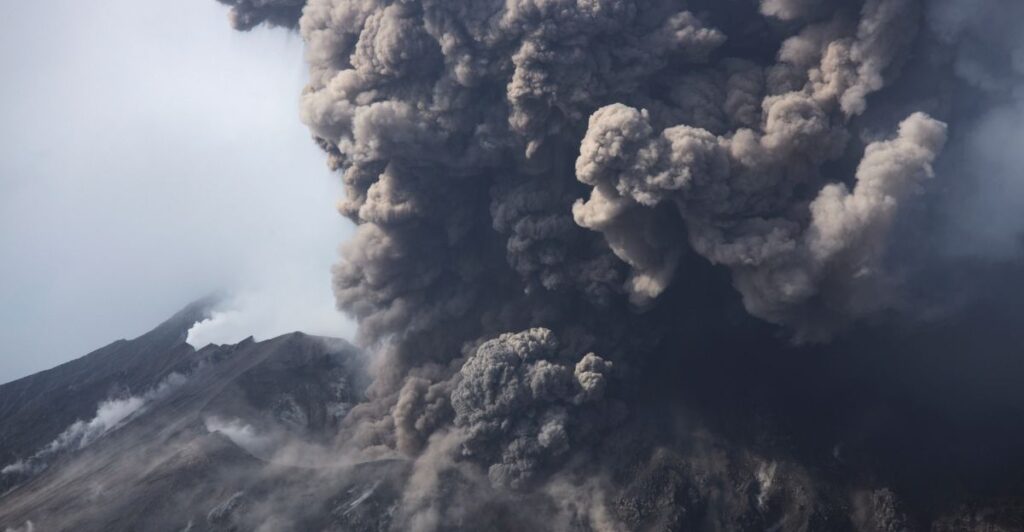
Ash clouds produced by explosive eruptions can be a hazard not just for aviation but also for local wildlife, as the inhalation of fine particles within such plumes causes respiratory problems. However, prolonged exposure might be limited depending on wind patterns, dispersing such material away from inhabited regions quickly enough before causing long-term harm.
Understanding Magma Movement
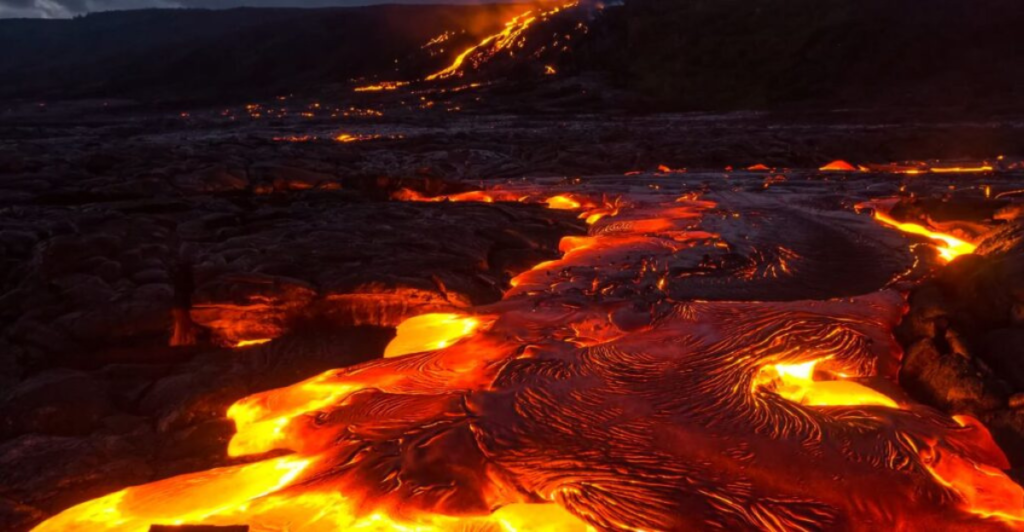
Experts believe that this increased seismicity at Bárđarbunga may relate to the build-up of magma beneath the surface—a process that began when its last major activity ended almost ten years ago. While predicting exact outcomes can vary greatly from one smaller caldera event compared to larger ones elsewhere, along with above-water bodies impacting ground-level forms, there are still some parameters between activity shown through realistic modeling processes.
Potential Scenarios: Outside Caldera Eruptions

An atmosphere of foreboding has gripped local communities since the increased activity began. If an actual eruption happens outside the main caldera area, like Holuhraun’s case between late August 2014 and early February 2015, when massive lava fields developed without much airborne ash debris released into the atmosphere, thus posing fewer risks towards disrupting commercial airline operations worldwide compared to what happened with Ejyfiallaiokul a few years prior.
Inside Caldera Explosions

However, if the eruptions occur directly below the thick layers that cover the entire summit region of the mountain, the chances of producing massive quantities of finely pulverized material capable of rising to high altitudes and drifting to some distance will increase dramatically, carried along prevailing winds, posing serious risks not only regionally, but internationally as well due to the high density of air traffic flow along the major transatlantic routes that fly over the region virtually daily throughout the entire year.
Scientific Struggles
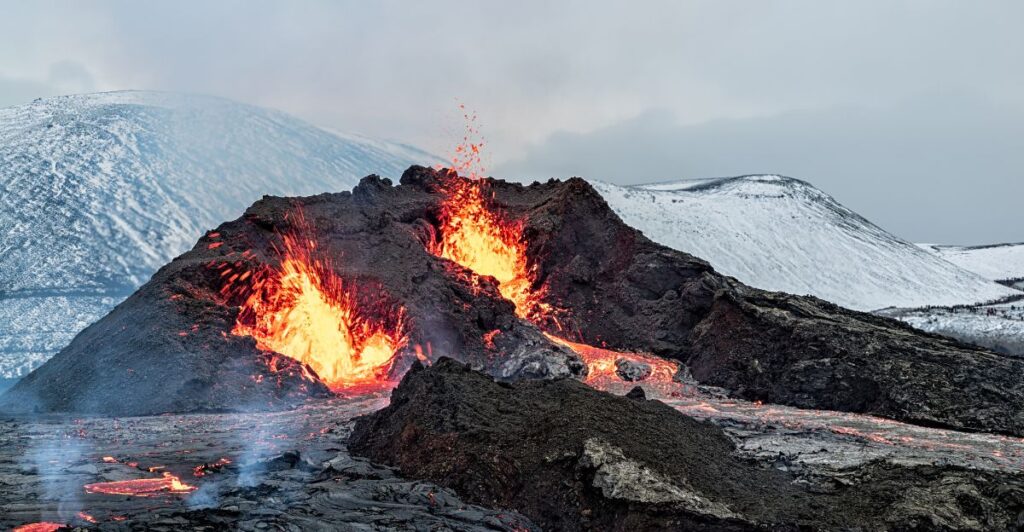
The current events unfolding near Bárđarbunga demonstrate both scientific struggles to predict how volcanoes will actually behave and accurately underscore practical concerns related to impacts upon global air travel networks alongside ecological balances maintained in delicate environments surrounding active geological formations everywhere across planet Earth today.







